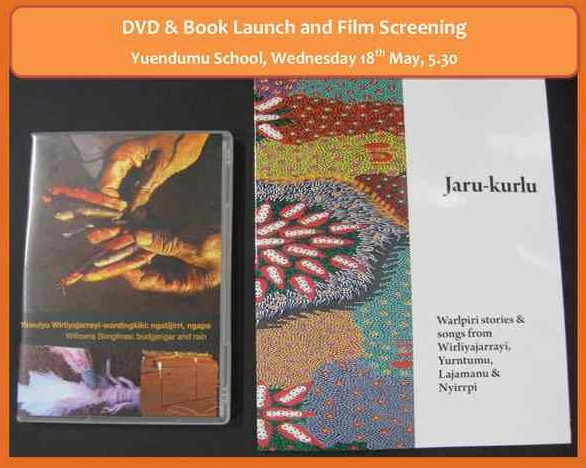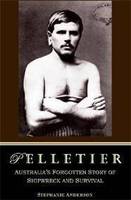Narcisse Pelletier1 (1844-1894) spent half his adult life (1858-1875) with Aboriginal people on the eastern coast of Cape York Peninsula. He learnt their language and had no contact with outsiders, and in time he lost command of his native French. His removal from the coast at Night Island was as out of his control and as sudden as had been his arrival there seventeen years earlier. He then regained command of French over subsequent weeks and months, and upon return to his birthplace in France, he was interviewed by Constant Merland (1808-85) a French surgeon-turned-savant. Merland’s 1876 book Dix-sept ans chez les sauvages: Narcisse Pelletier is quite rare and apparently not held in any Australian library. It had been overlooked as an ethnographic source but last month it has appeared afresh and “Now, for the first time, this remarkable true story is presented in English, complemented by an in-depth introductory essay and ethnographic commentary” as the blurb accurately states.
The translator and annotator Stephanie Anderson has marshalled the help of anthropologists and linguists Athol Chase, David Thompson, Bruce Rigsby, Peter Sutton, and Clair Hill. Between them they show that the people who adopted Pelletier were speakers of a dialect of the language now known as Lockhart River ‘Sand Beach’ language comprising Kuuku Yaʔu and Umpila, probably the dialect known as Uutaalnganu, AIATSIS code Y211.
The full account is spread through Pelletier : the forgotten castaway of Cape York published by Melbourne Books. The volume includes an ethnographic commentary by Athol Chase and an introductory essay by Stephanie Anderson who you might have heard talk about this in mid July on ABC’s Late Night Live.
Merland has a chapter on language. He had taken down some 70 words and a few longer expressions as recalled by Pelletier, but before he presents these, he starts from the general, “How thought is expressed”:
one point on which most people agree is that the degree of civilisation of different peoples can be gauged from the degree to which their language has evolved (p185)
Merland found that the language he recorded from Pelletier did not have the primitive properties that contemporary theorists described. Merland refers to the view that
Man’s first words were necessarily imitative words, onomatopoeic words, as grammarians call them (p185)
then points out that, on the contrary, judging from Pelletier’s vocabulary,
while there are still numerous monosyllabic words in our highly evolved language of French, these have completely disappeared from the language spoken by the savages of Endeavour Land. (p191)
Indeed, Merland records not one monosyllabic word — just as we with hindsight would expect of a Pama-Nyungan language(!).
Merland’s transcription (possibly influenced by Pelletier’s own spelling suggestions) has a few words with syllable-initial tr. These words match up with phonemic apical stop (apico-alveolar or possibly -domal) in Kuuku Yaʔu as recorded by the Rev DA Thompson (1988):
Read more
 Follow
Follow

